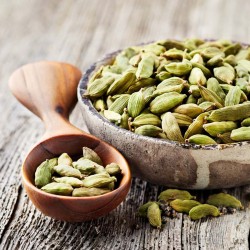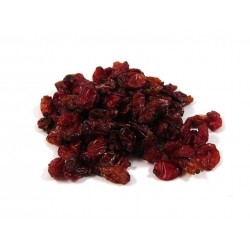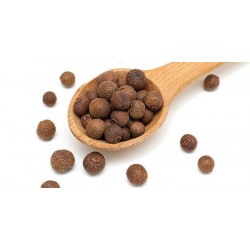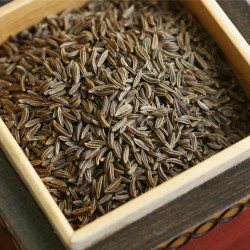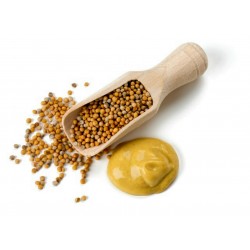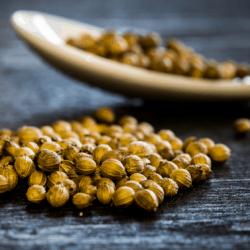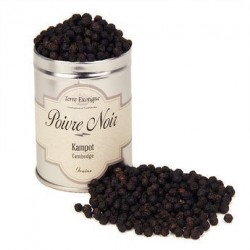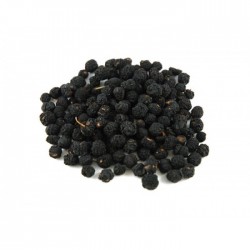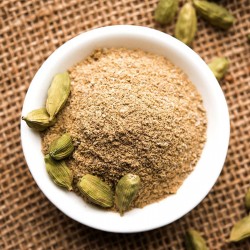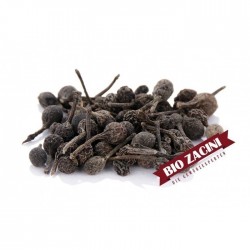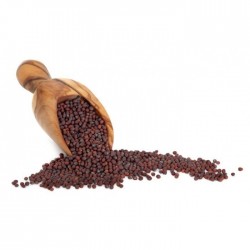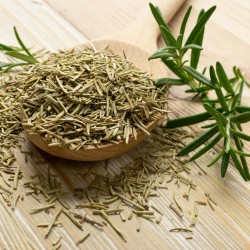Seeds Gallery Com,
5/
5
<!DOCTYPE html>
<html>
<head>
<meta http-equiv="Content-Type" content="text/html; charset=UTF-8" />
</head>
<body>
<h2><span style="font-size: 14pt;"><strong>Cardamom spice and tea - minced</strong></span><br /><span style="font-size: 14pt;"><strong><span style="color: #d0121a;">The price is for packaging of 10 grams of this spice.</span></strong></span></h2>
<p><span style="color: #000000;"><b>Cardamom</b><span> (</span><span class="nowrap"><span class="IPA nopopups noexcerpt">/<span><span title="/ˈ/: primary stress follows">ˈ</span><span title="'k' in 'kind'">k</span><span title="/ɑːr/: 'ar' in 'far'">ɑːr</span><span title="'d' in 'dye'">d</span><span title="/ə/: 'a' in 'about'">ə</span><span title="'m' in 'my'">m</span><span title="/ə/: 'a' in 'about'">ə</span><span title="'m' in 'my'">m</span></span>/</span></span><span>), sometimes </span><b>cardamon</b><span> or </span><b>cardamum</b><span>,</span><span> is a </span>spice<span> made from the seeds of several plants in the </span>genera<span> </span><i>Elettaria</i><span> and </span><i>Amomum</i><span> in the family </span>Zingiberaceae<span>. Both genera are native to the </span>Indian subcontinent<span> and </span>Indonesia<span>. They are recognized by their small seed pods: triangular in cross-section and spindle-shaped, with a thin, papery outer shell and small, black seeds; </span><i>Elettaria</i><span> pods are light green and smaller, while </span><i>Amomum</i><span> pods are larger and dark brown. </span></span>Cardamom is a native to Kerala, Karnataka and the forests of the Western Ghats of Southwestern India. The first references to cardamom are found in Sumer, and in the Ayurvedic literatures of India. Nowadays, it is also cultivated in some other countries, such as Guatemala, Malaysia and Tanzania. The German coffee planter Oscar Majus Kloeffer introduced Indian cardamom (<i>kerala</i>) to cultivation in Guatemala before World War I; by 2000, that country had become the biggest producer and exporter of cardamom in the world, followed by India.<sup id="cite_ref-karun_5-0" class="reference"> </sup>Cardamom is the world's third-most expensive spice, surpassed in price per weight only by vanilla and saffron.</p>
<p>Both forms of cardamom are used as flavourings and cooking spices in both food and drink, and as a medicine. <i>E. cardamomum</i> (green cardamom) is used as a spice, a masticatory, and in medicine; it is also smoked.</p>
<div class="thumb tright">
<div class="thumbinner">
<div class="thumbcaption">Besides use as flavourant and spice in foods, cardamom-flavoured tea, also flavoured with cinnamon, is consumed as a hot beverage in Bangladesh, India, Nepal, and Pakistan.</div>
</div>
</div>
<p>Cardamom has a strong, unique taste, with an intensely aromatic, resinous fragrance. Black cardamom has a distinctly more smoky, though not bitter, aroma, with a coolness some consider similar to mint.</p>
<p>Green cardamom is one of the most expensive spices by weight, but little is needed to impart flavour. It is best stored in the pod, as exposed or ground seeds quickly lose their flavour. Grinding the pods and seeds together lowers both the quality and the price. For recipes requiring whole cardamom pods, a generally accepted equivalent is 10 pods equals <span class="frac nowrap">1<span class="visualhide"> </span><sup>1</sup>⁄<sub>2</sub></span> teaspoons of ground cardamom.<sup id="cite_ref-19" class="reference"></sup></p>
<p>It is a common ingredient in Indian cooking. It is also often used in baking in the Nordic countries, in particular in Sweden, Norway, and Finland, where it is used in traditional treats such as the Scandinavian Jule bread <i>Julekake</i>, the Swedish <i>kardemummabullar</i> sweet bun, and Finnish sweet bread <i>pulla</i>. In the Middle East, green cardamom powder is used as a spice for sweet dishes, as well as traditional flavouring in coffee and tea. Cardamom is used to a wide extent in savoury dishes. In some Middle Eastern countries, coffee and cardamom are often ground in a wooden mortar, a <i>mihbaj</i>, and cooked together in a skillet, a <i>mehmas</i>, over wood or gas, to produce mixtures as much as 40% cardamom.</p>
<p>In Asia, both types of cardamom are widely used in both sweet and savory dishes, particularly in the south. Both are frequent components in spice mixes, such as Indian and Nepali masalas and Thai curry pastes. Green cardamom is often used in traditional Indian sweets and in <i>masala chai</i> (spiced tea). Both are also often used as a garnish in basmati rice and other dishes. Individual seeds are sometimes chewed and used in much the same way as chewing gum. It is used by confectionery giant Wrigley; its Eclipse Breeze Exotic Mint packaging indicates the product contains "cardamom to neutralize the toughest breath odors". It is also included in aromatic bitters, gin, and herbal teas.</p>
<p>In Korea, medicinal cardamom (<i>Amomum villosum</i> var. <i>xanthioides</i>) and black cardamom (<i>Amomum tsao-ko</i>) are used in traditional tea called <i>jeho-tang</i>.</p>
<p>The content of essential oil in the seeds is strongly dependent on storage conditions, but may be as high as 8%. In the oil were found α-terpineol 45%, myrcene 27%, limonene8%, menthone 6%, β-phellandrene 3%, 1,8-cineol 2%, sabinene 2% and heptane 2%. Other sources report 1,8-cineol (20 to 50%), [[α-terpenylacetate In the seeds of round cardamom from Java (<i>A. kepulaga</i>), the content of essential oil is lower (2 to 4%), and the oil contains mainly 1,8-cineol (up to 70%) plus β-pinene (16%); furthermore, α-pinene, α-terpineol and humulene were found.</p>
</body>
</html>
Z 26




